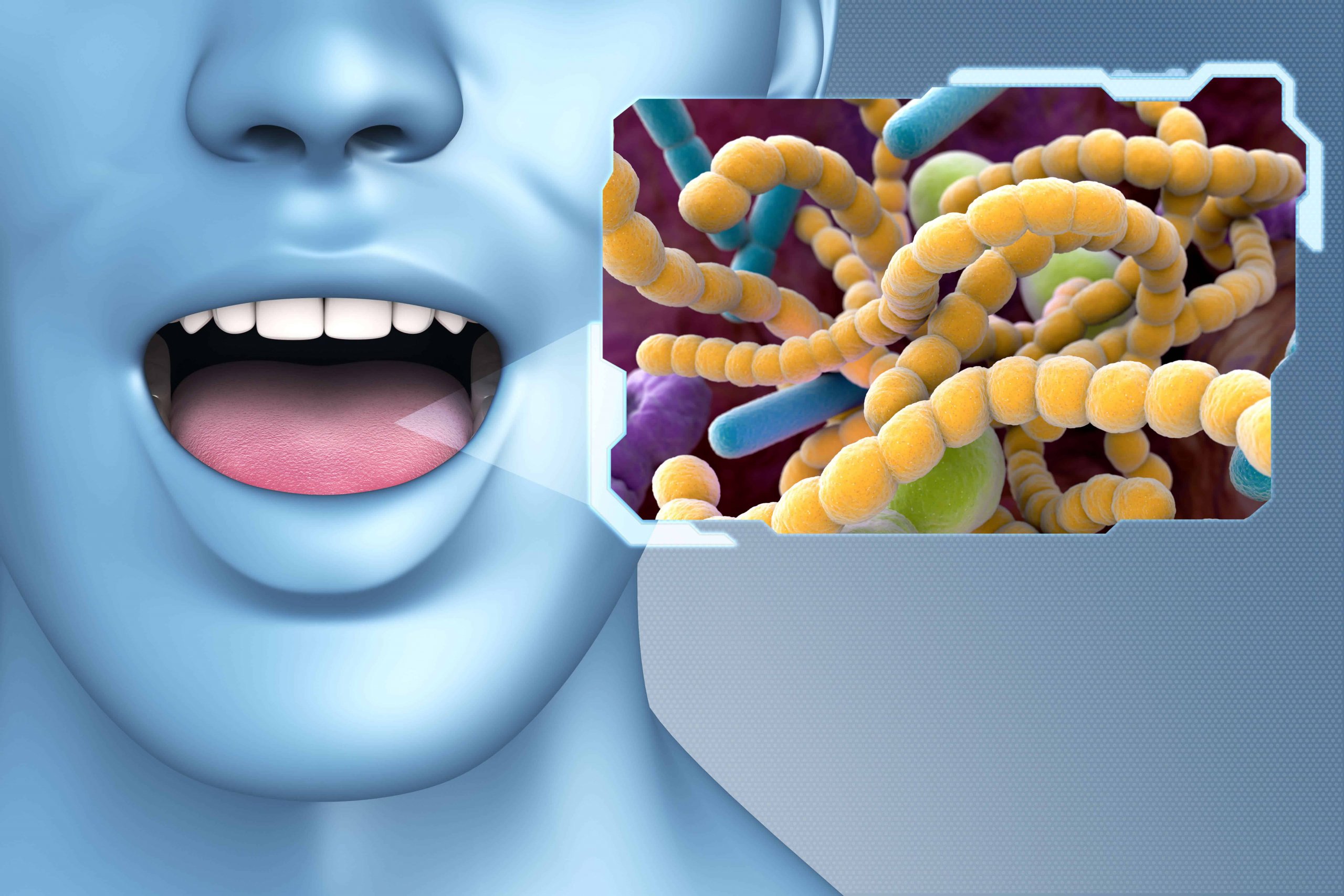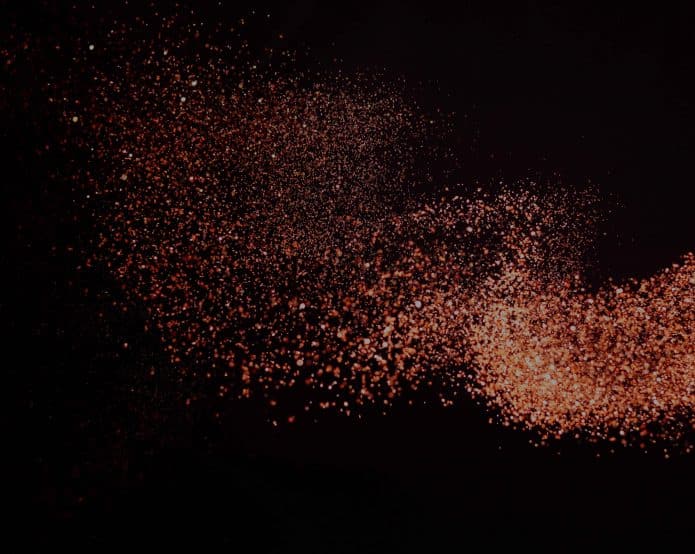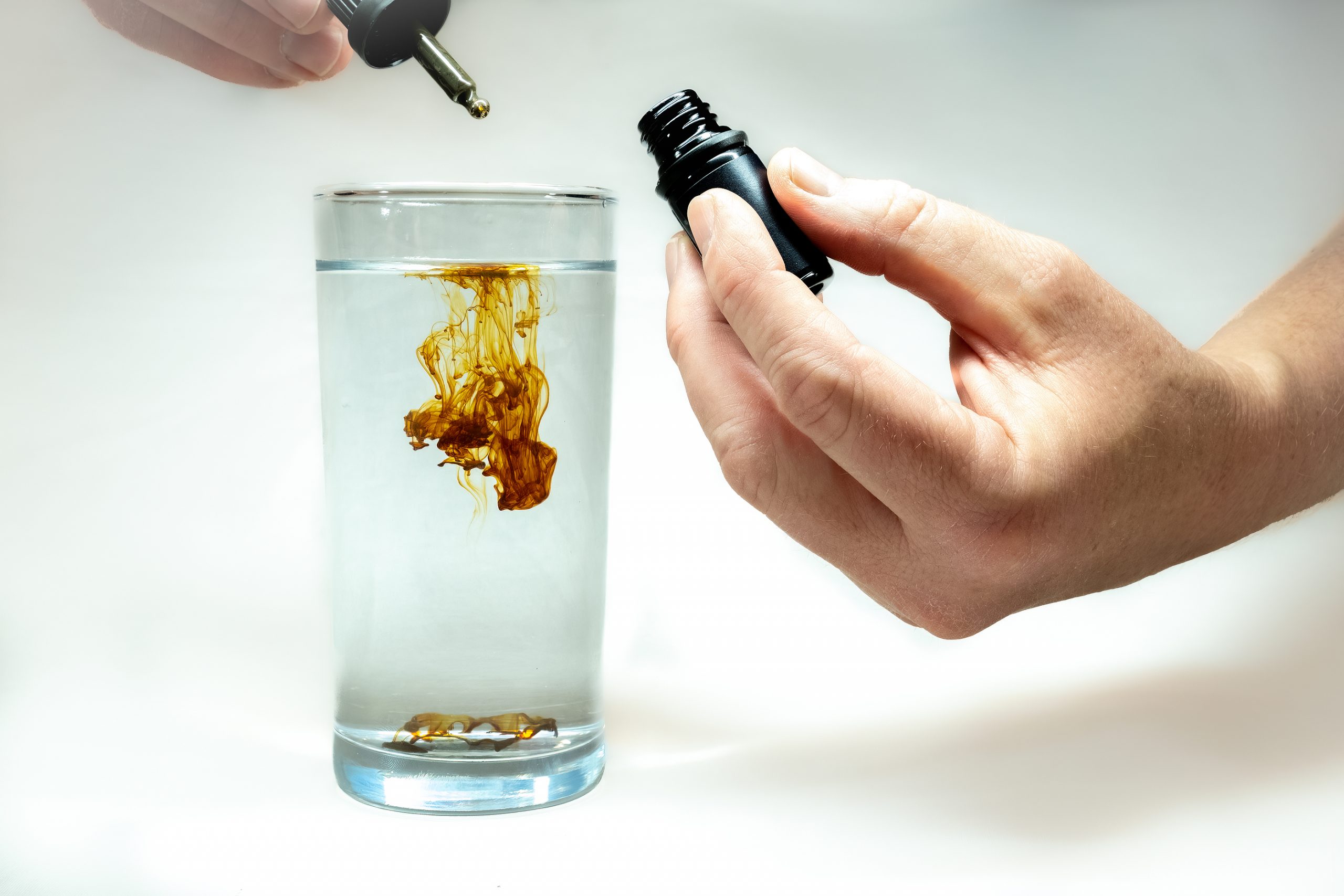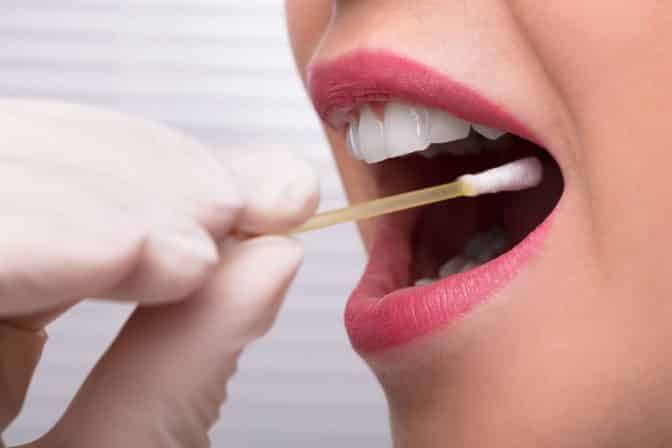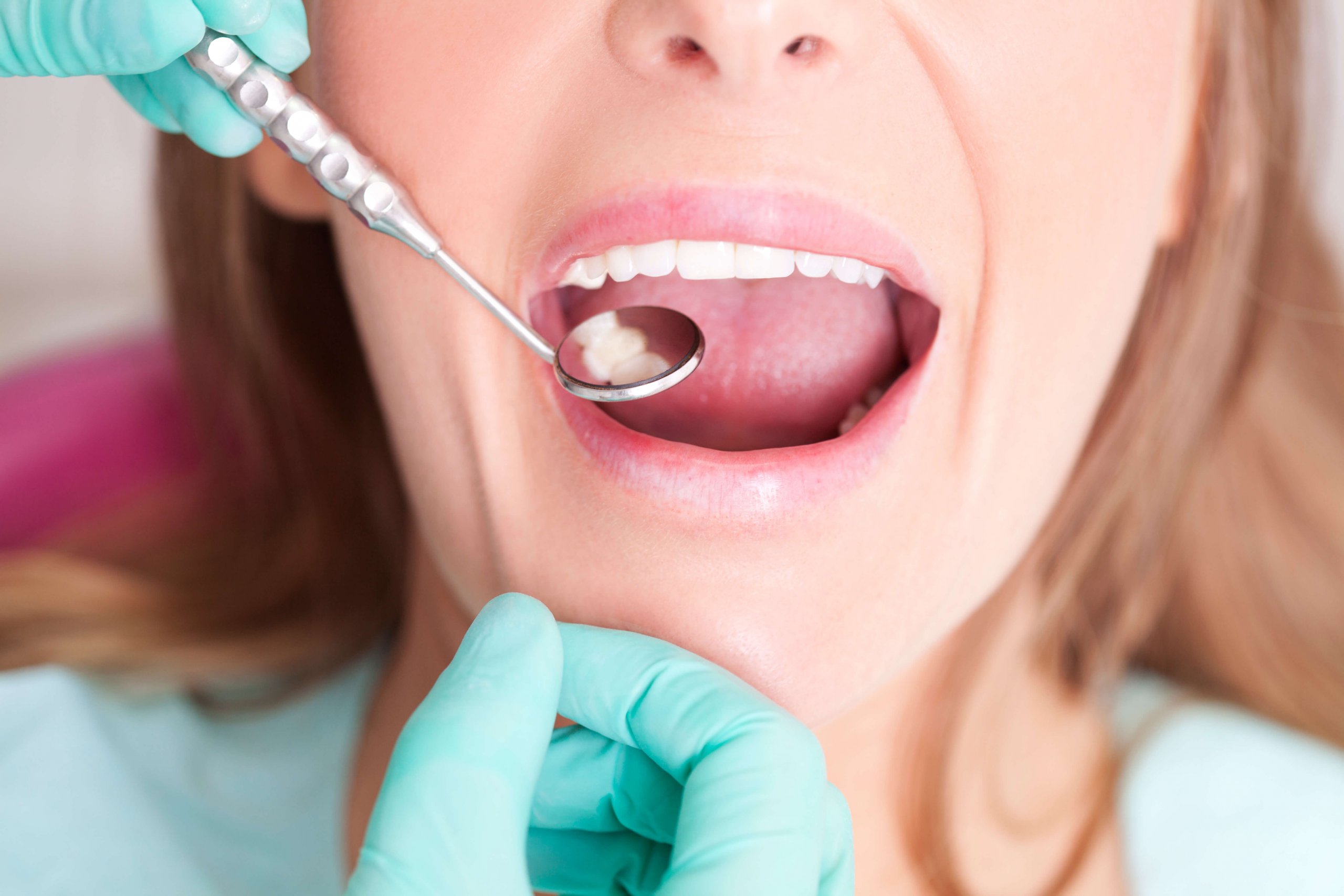What is Nano Silver covered with to prevent pellicle bonding?
That information is proprietary but basically Nano Silver made with plants (which we call generation three) has the ability to lock on like a super missile to the biofilm. It’s been studied pretty extensively against biofilms and it’s shown to prevent pellicle formation and biofilm formation. In addition, it interrupts certain proteins, acid release, and EPS processes. There have been a couple of interesting studies on that. The agent, a plant compound, that caps the actual Nanoparticle has a good deal to do with how it binds and prevents that formation.
What does Nano technology do for soft tissues?
Some of the things that Nanoparticles have been studied for in general are healing properties, antimicrobial action, chemotherapeutics and more. There are a ton of different uses for Nanotechnology. As far as soft tissues go, the Nanotechnology is going to be used for its anti-inflammatory properties. Nano Silver, in general, has gotten a lot of press recently for its anti-inflammatory properties. We’ve actually done some case studies for patients who are really susceptible to certain things and we’ve seen some early really promising results. But for your question, anti-inflammatory would be your best bet. Gingivitis falls under that category as well, so that would be a good use for Nanotechnology.
How did you go about doing your research?
That is a long story but essentially, I got together with one of my partners, Matt Callister, and we looked at a lot of different things that we thought were going to be promising for oral care. (my background is actually in Nanotechnology) We looked a lot at the literature and Nano Silver just kept popping up as the most promising thing, so we went down that rabbit hole. We started out by doing some small-scale trials and we’ve been testing ever since. Everything from toxicology, antimicrobial action, remineralization, and general research. We are trying to hit all of the categories and we’re also doing a study to compare Nano Silver to chlorhexidine. We actually have about five ongoing trials right now. It’s just really taken off from there.
Would this be advantageous to use with cavitron?
Absolutely yes! I would highly recommend using something like this with cavitron. Especially if you’re going under the tissues and you’re going to cause bleeding. If you’re trying to target the bad bacteria, eliminate the bacteria threshold or go below the gum line I would use it. Especially because chlorhexidine isn’t useful below the gum line, but Nano Silver is.
What are the ingredients in the Nano Silver Mouthrinse?
There are 5 ingredients. We have:
- xylitol. We have 25% xylitol which is the recommended amount.
- Nano Silver
- Calcium
- Water and then
- Flavor
That’s not a ton of ingredients, and in my opinion, that’s a good thing. It was actually hard to keep ingredients out of the bottle and a lot of people don’t realize it because they don’t understand that you have to preserve it and that it has to pass a certain amount of testing. So good luck finding another mouthwash that has five ingredients.
Also, there are only four in the original Honey Sweet because it is actually unflavored. We did that because we had a slew of patients that personally couldn’t deal with flavor or had an immune response to flavor. We wanted to have more options for them.



